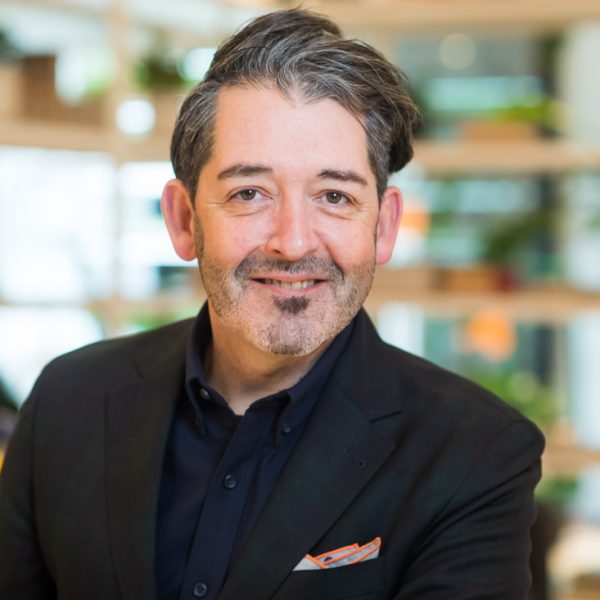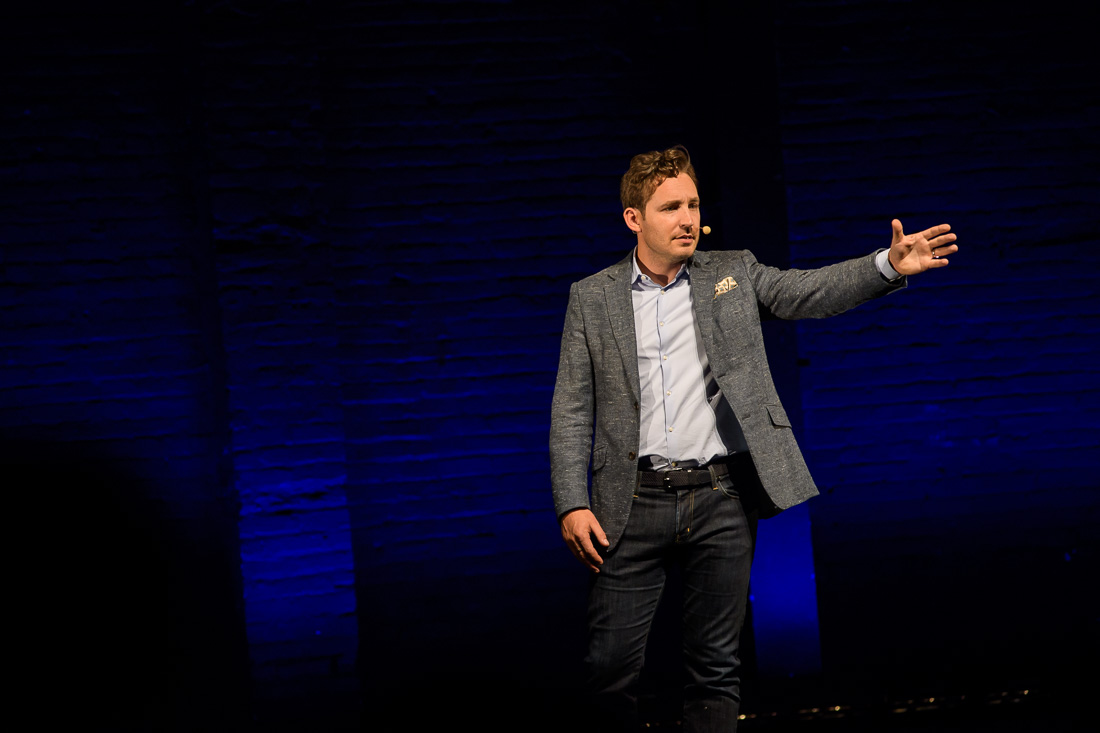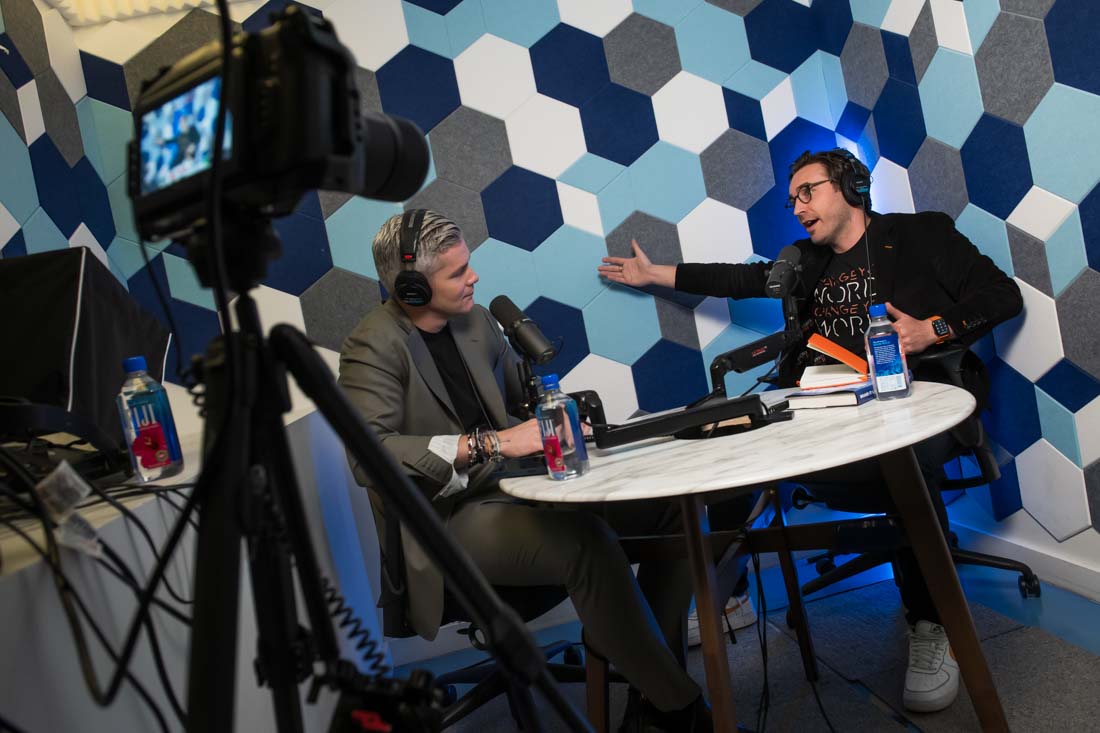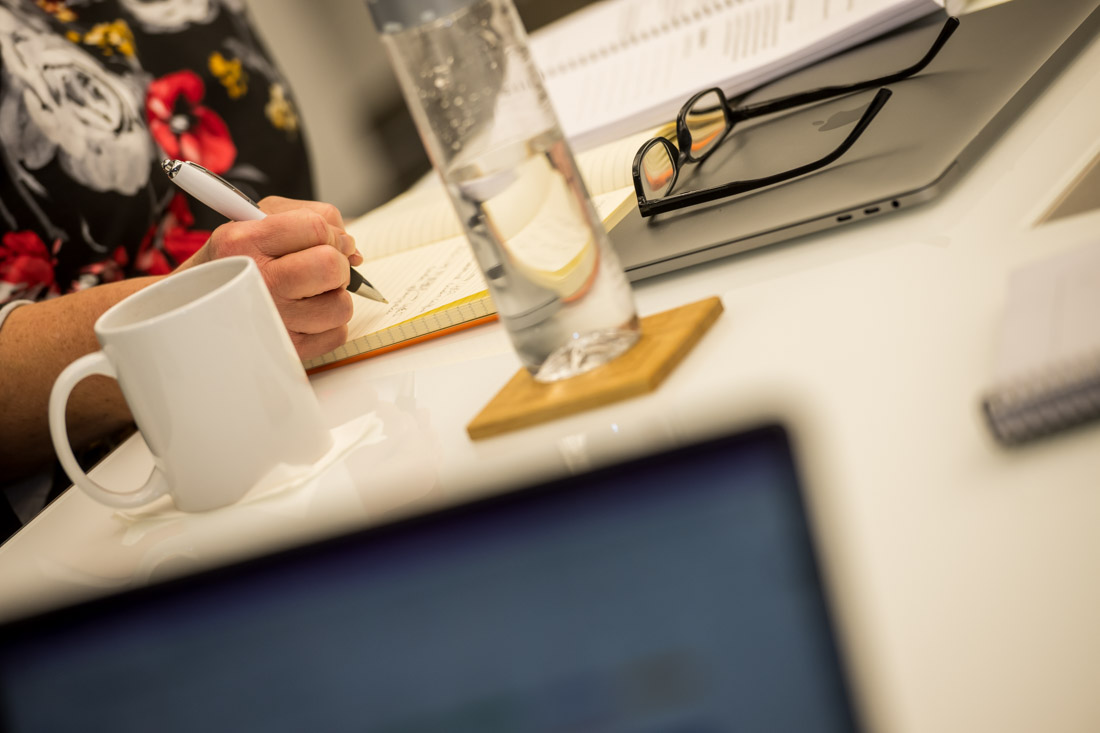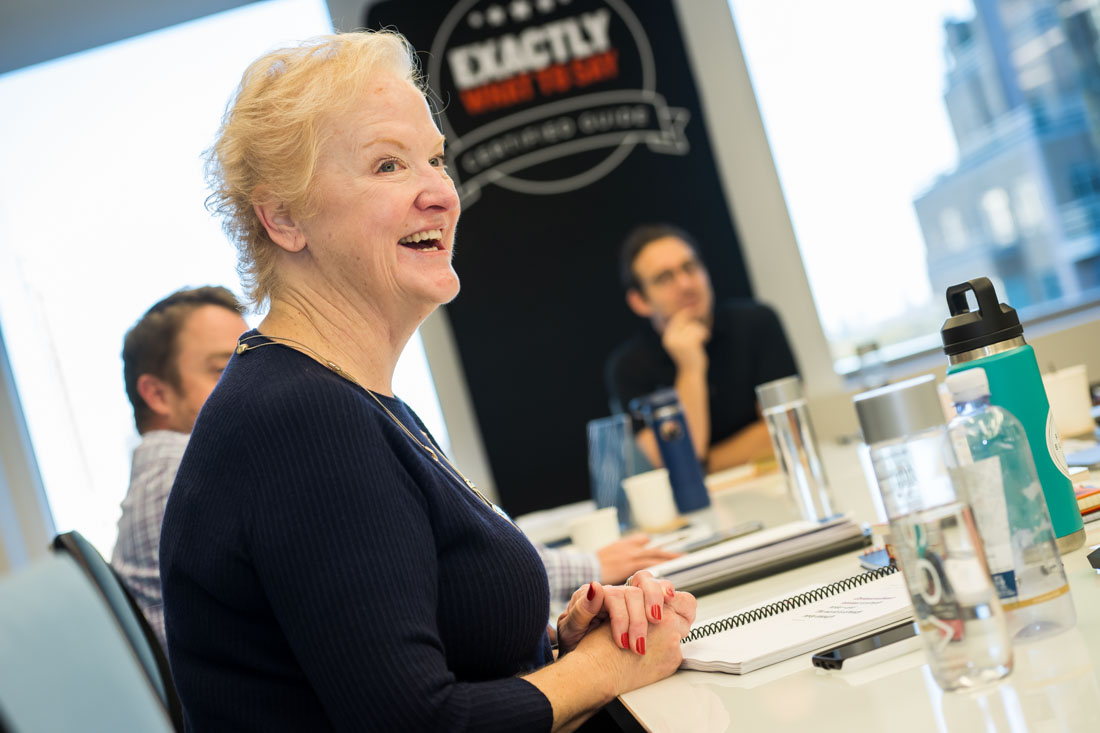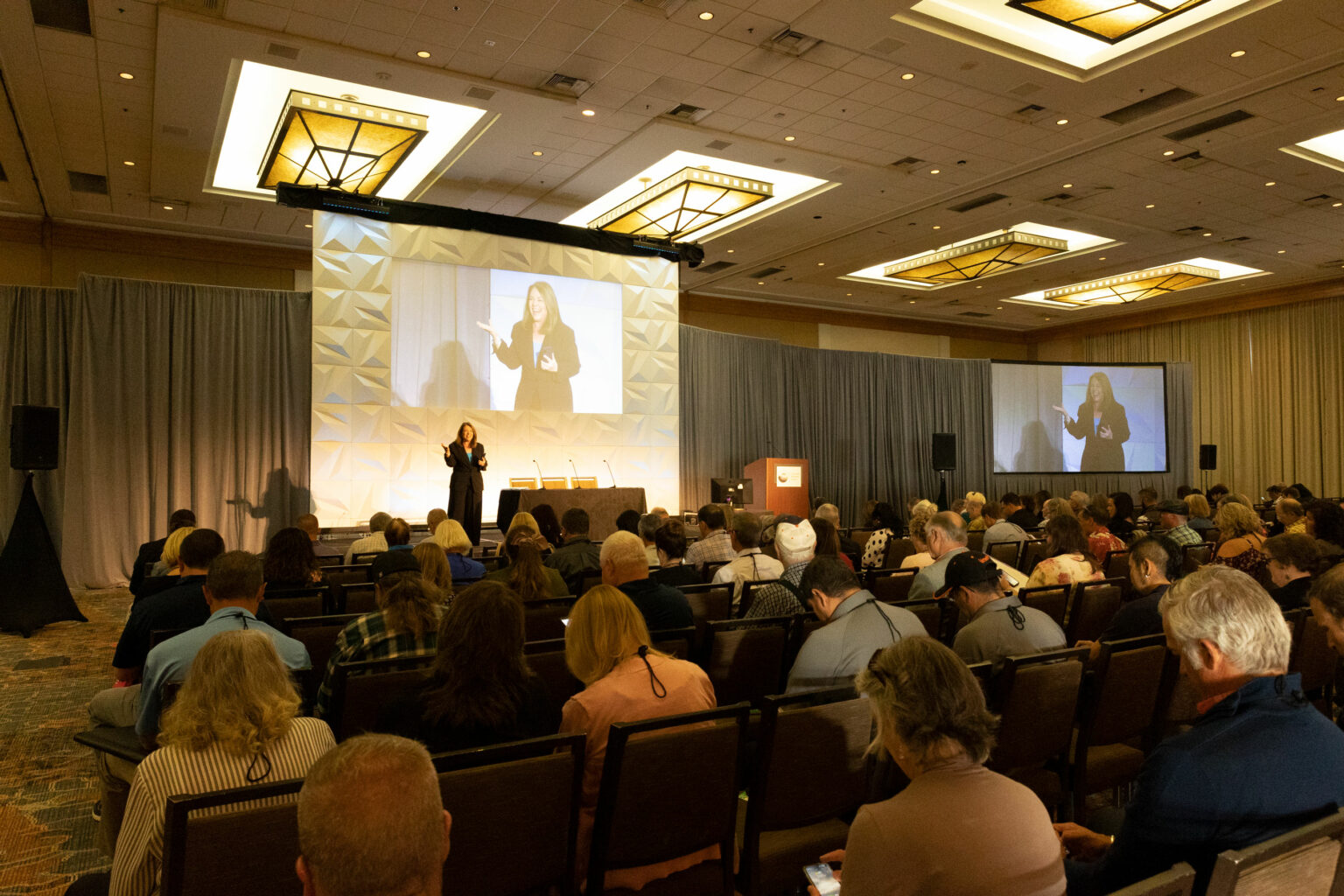Are you tired of following the same old, tired sales strategy? Imagine if you could use more creativity when communicating with your clients.
Bryan is a Certified Guide, Keynote Speaker, and Professional Photographer. He can break an audience free of self-limiting beliefs through his creativity in empowering them to create entirely new perspectives on what is possible in their pursuits.
It’s no surprise that with a background as a world-class professional photographer, he is drawn to the power of vivid storytelling.
In this blog, you will discover:
- How learning to recognize and “see" the unknown can lead to important breakthroughs
- How to leverage your training so you can rise to any occasion.
- How asking simple questions can lead to more understanding and exciting opportunities
What Are You Looking For?
Robert Maplethorpe famously once said: ‘I’m looking for the unexpected. I’m looking for things I’ve never seen before.’
But what does that mean for you?
Situations like this can happen at any time, and often it is in places that you least expect it.
Bryan has proved this theory with the story of how he created one of his award-winning photographs Seeking Higher Truth.
The location of the image was discovered by complete accident whilst walking back to his office one day.
He describes feeling a pull to go down a hallway he hadn’t gone down before. There was nothing about this hallway that suggested he would find a perfect location to snap a photograph, and yet once he started walking it, he saw something that made him stop in his tracks.
Through taking this deviated journey, he ended up creating a very important image. And because he had stopped in his tracks, it caused a man behind him to swerve around Bryan just as he was taking the photo. Having initially thought that he would photoshop him out, he changed his mind once he started playing with the image.
It turned out that this was a very important moment for him and he felt that it was composed exactly as it should be.
Seeking Higher Truth taught him a valuable lesson, to listen to that little voice and perhaps go down a path that you haven’t taken and look for things you’ve not seen before.
‘I'm looking for the unexpected. I'm looking for things I've never seen before.’
Embrace the unexpected, instead of getting stuck in a rut.
It’s easy to settle and think that most people like a routine and that’s ok, but what could happen if you changed yours and started leaning in looking for things you’ve never seen before?
With that in mind, what is needed for you to look for things that you’ve not seen before? Is there an approach that you could try to see if it creates a different result?
To seek new direction and the unexpected you will need a healthy amount of curiosity.
Without curiosity, Bryan wouldn’t have been able to create that image.
Curiosity is key and it’s one of the Exactly What to Say cornerstones for good reason. It is the fuel for all great conversations.
'To seek new direction and the unexpected you will need a healthy amount of curiosity. '
Building Curiosity
How can you build curiosity?
To start with, you should understand that there are three types of people.
Those who can’t see.
Those who can see when shown.
Those that can see.
Have you ever been in a situation where you couldn’t see something very clearly?
Perhaps it took someone else to help you see the right path in front of you.
Everyone is on a journey and for most people it’s not about the destination, It’s the road you took to get there.
It’s a continuous learning experience that will help you grow and evolve.
If you are certain all the time, then this can stifle your education.
Certainty often stalls the journey.
Did you know that the more certain you are, the less curious you are by default?
For Bryan, he found that while he was curious through his photography, there were other areas where he needed more curiosity.
Crucially, in how he was engaging with others.
Becoming an EWTS Guide has shown him that curiosity is the fuel for great conversations.
If you enter into your conversations with a healthy curiosity, you too can lean into a deeper understanding of what your clients want.
To start with, you should understand that there are three types of people. Those who can't see. Those who can see when shown. Those that can see.
The Power Of Questions
Questions can lead to understanding and endless opportunities.
As an EWTS Guide, Bryan understands the power of asking just one more question.
If you have someone call for an inquiry, the best thing you can do is try to understand their context.
When Bryan has a prospect phone for a simple headshot, he never ends up just providing one service.
Through curious conversation, it usually leads to him being hired for a whole series of other jobs. This happens because he takes the time to understand their needs and establishes a strong relationship that leads to other collaborations.
If you have someone call for an inquiry, the best thing you can do is try to understand their context.
There are certain questions that he asks every time to learn the context behind the prospect’s need. They include:
When was the last time you hired a professional photographer?
Is it for internal use or external?
Could it be possible that this image could be used both internally and externally?
Help me to understand…
Usually after asking curiosity-based questions such as these, he can continue with the following statement:
Based on the fact that you said these things, I can recommend this…
Being curious allows you to go deeper into a conversation, it allows you to build a relationship and will lead to more opportunities.
How could you change these questions to fit with your industry?
Do the work before the work so that you have a series of questions already lined up and then you can be more curious.
This is the part where opportunity happens, being curious and having a level of training or knowing what to say when you need to say it so that you can rise to the occasion.
Questions lead to conversations.
Conversations lead to relationships.
Relationships lead to opportunities.
Opportunities result in action.
How To Leverage Your Training
Even if you get the job, you need to show your clients your worth. This will lead to repeat business and great recommendations.
“Under pressure, you don’t rise to the occasion you fall to the level of your training” Anon Navy Seal
Bryan heard this quote on a podcast where two Navy SEALS were asked: do you rise to the occasion or fall to the level of your training?
It was interesting because both of them said the same thing – you fall to the level of your training.
Bryan found this really powerful because if you can fall to the level of your training, provided you have put the work in, you will be well equipped to rise to the occasion.
There was an occasion when Bryan was commissioned to take a series of Tim Kelly-inspired images, but when he arrived at the shoot, all his equipment started to play up and the conditions weren’t right. He knew that he was going to struggle to capture the images in the way that he had initially planned
As a professional photographer though, there have been many occasions where things have gone wrong, and because of this, he was able to lean into his training and rise to the occasion.
'if you can fall to the level of your training, provided you have put the work in, you will be well equipt to rise to the occasion.'
During this particular shoot, he was able to overcome all the technical problems, take photos that he was really proud of, and hit the brief perfectly.
It gave him a lot of confidence to know that he could rely on his training and experience to overcome the challenge.
One of the EWTS motos is that the worst time to think about what you’re going to say is the moment you are saying it. The same is true for doing too!
Bryan has been able to lean into his training during shoots to create many different images, in various difficult scenarios. The result might not have been what he had initially envisaged, but they were successful nonetheless because he did the work before the work.
Understand that if you go into situations prepared, with thoughtfulness, you have a higher likelihood of succeeding.
You can let your clients know that you’ve been in similar situations before, and you’ve delivered.
How can you ensure that you have the appropriate level of training to enable you to rise to the occasion?
Are there any areas that you need to level up your training?
'Understand that if you go into situations prepared, with thoughtfulness, you have a higher likelihood of succeeding.'
What’s Their Reason To Choose You?
The final thing to remember is that people only do things for their reasons, not yours.
If the person doesn’t have a strong, compelling reason to be engaging with you, and you haven’t given them any evidence that you understand them, they are unlikely to choose you.
You need to be empathetic to their needs, not yours. You need to show them how you can solve their problem and deliver.
The only way that you are going to successfully manage this is through curiosity and active listening.

